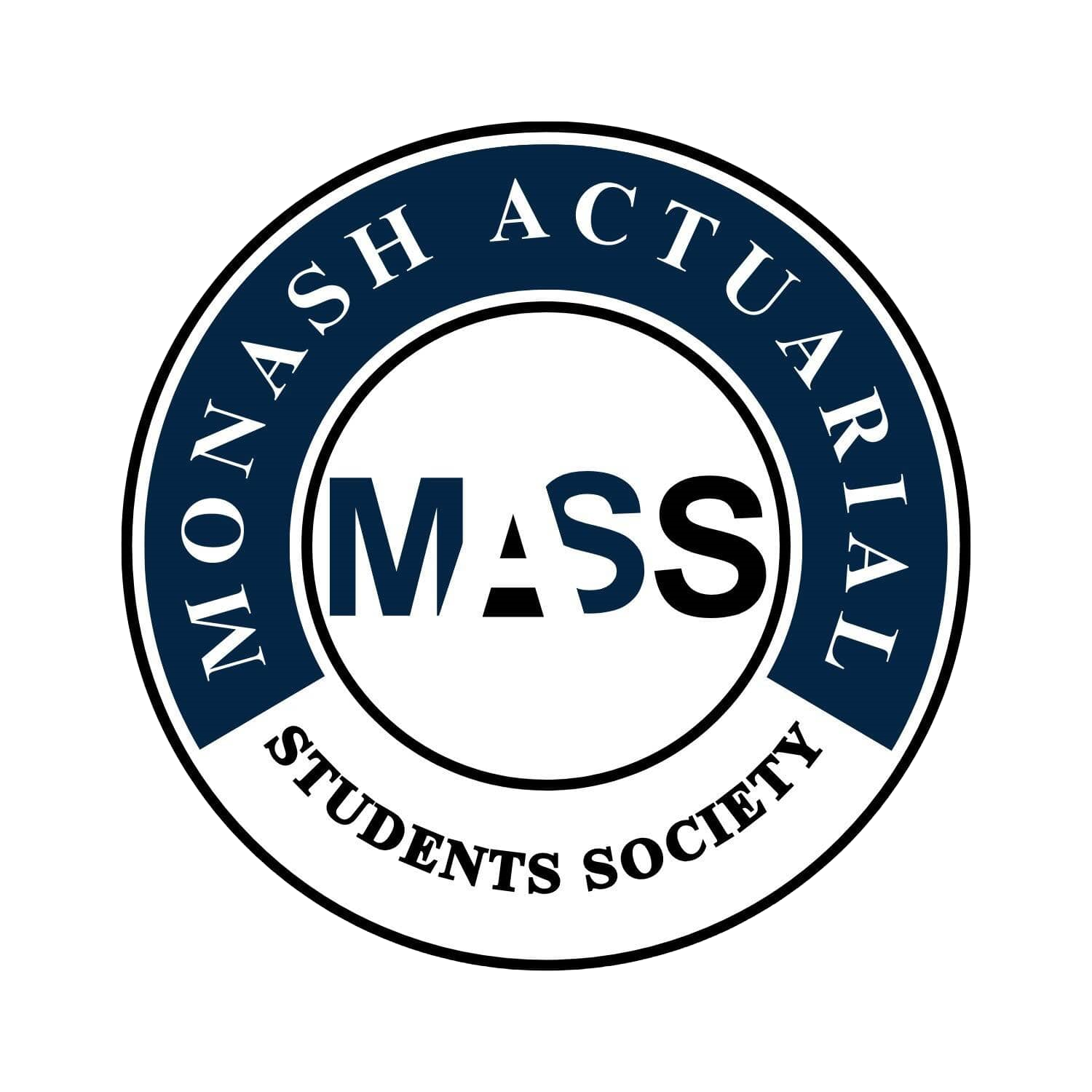ETC2430 Actuarial Statistics (Sem 1 2021)
Difficulty:
Year Completed: Semester 1, 2022
Prerequisite: ETC1000
(or STA1010, or SCI1020, or ETF1100, or ETW1001, or ETB1100, or FIT1006, or ETX1100)
Exemption:
CM1 Actuarial Mathematics
ETC1000 (10%), ETC2430 (35%), ETC3530 (55%)
Weighted average of 70% required. Minimum of 60% required for each unit.
Mean Setu Score: 82.8%
Clarity of Learning Outcomes: 88.6%
Clarity of Assessments: 81.8%
Feedback: 74.4%
Resources: 77.3%
Engagement: 88.6%
Satisfaction: 86.3%
Subject Content:
Lecture(s) and Tutorial(s):
Textbook(s):
Assessments:
The topics covered were:
1. The time value of money.
2. Interest rates.
3. Valuation of cash flow streams
4. Annuities.
5. Equation of value.
6. Equity, bonds and property.
7.Term structure of interest rates.
8. Life tables & survival models.
9. Life insurance products
1 x 2 hour lecture
1 x 1.5 hour tutorial
For this unit the recommended textbook was Actuarial
Mathematics for Life Contingent Risks. It was not used at all or
referred to by the lecturer/tutors. The lecture notes provided were
sufficient enough to explain all the concepts.
Assignment 20%
Presentation 10%
Weekly Quizzes 10%
Mid semester test 10%
Final Exam 50%
Comments
ETC2430 is intended to be an introduction to actuarial studies, and
provides an important foundation for future actuarial units. The
content was interesting and well presented. The tutorial questions
were set so that students could answer 70% of the assessments.
The unit was split in half and taught by two lecturers. Both were
enthusiastic about their respective content, making the lectures
informative and well presented. Whilst the lectures provided you
with practical examples, it was mostly theory based. This meant
that with some of the more difficult topics, you may have had to
re-watch some of the lectures to fully understand the concepts.
The tutorials began in the second week and it covered content
from the previous week's lecture. It is not mandatory to attend
tutorials however it is recommended as it makes it easier to fully
understand the concepts covered in the lectures. It was not
necessary to complete the tutorial questions in advance as the
tutors went through the questions in detail.
ETC2430 had one excel based individual assignment and assessed
valuation of cash flow streams and equation of value. The unit
also included weekly quizzes which assessed the topics covered in
the previous week's lecture. The teaching team also assessed and
assigned a ten minute presentation on the materials covered in
the previous week's lecture and the students were also required
to solve a tutorial question during their presentation. These were
fairly marked, and most students did quite well. The mid-semester
test covered all materials in weeks 1-5. 30% of the questions were
“higher order questions” that weren't covered in the tutorials or
lectures and students were required to figure it out themselves.
This assessment was marked quite strictly.
The exams assessed the second half of the semester more than
the first. Sufficient practice material was provided for the exam.
Open Access exam.
The exam was split into seven parts with a total of 34 questions:
Part A: 1 question worth 5 marks
Part B: 3 sub-questions worth 15 marks
Part C: 4 sub-questions worth 20 marks
Part D: 4 sub-questions worth 12 marks
Part E: 8 sub-questions worth 18 marks
Part F: 8 sub-questions worth 14 marks
Part G: 6 sub-questions worth 16 marks
Similar to the mid-semester test, 30% of the questions were
“higher order questions” which were quite difficult to solve.
Theory and concepts are straightforward and the exam was fairly
easy. Constant practice beyond material provided and being
extremely thorough and testing yourself against time constraints
prior to the final exam is a good idea in order to score well on the
exam.
General Overview:
Lectures:
Tutorials:
Assessments/Other Assessments
Exams
Concluding Remarks

